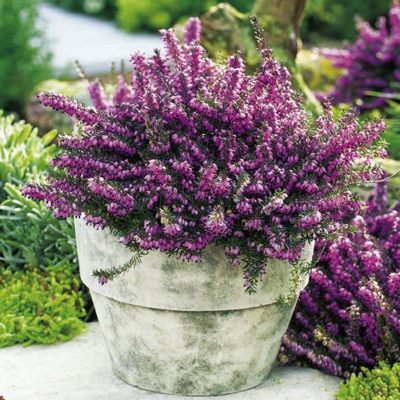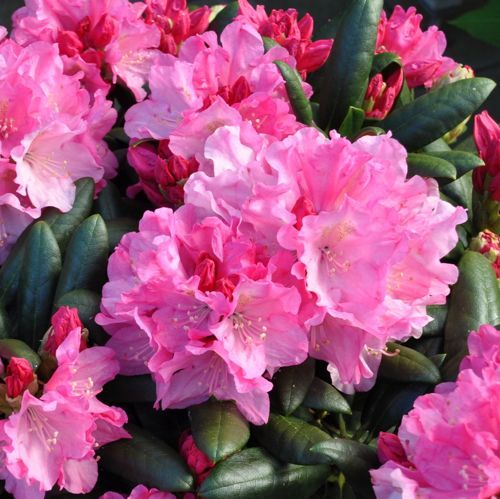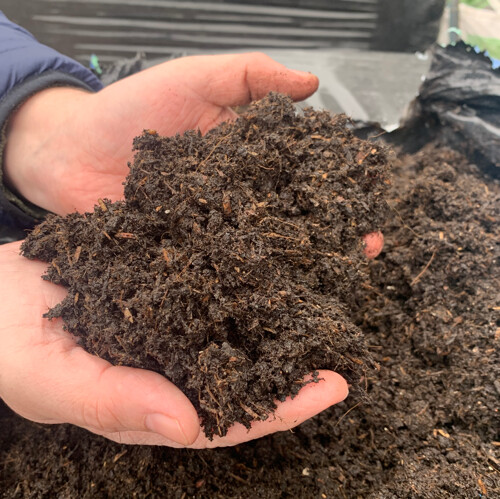Potting Compost
Potting Compost
If you’re fairly new to gardening, you may well have been astonished at the number of different types of potting compost that are available from even relatively small garden centres and DIY stores, and you may be wondering what are the differences between them. This short guide should help you decide which one is best for you, and give you the confidence to go and buy compost for your garden.
Potting compost is defined as a medium in which to grow plants in pots or other containers. So it’s not really your home-produced compost, although that can work. Most people find it best to buy compost for container planting, as it contains a better balance of nutrients. But what sort should you buy?

Multi-purpose compost is probably most people’s go-to potting compost, and it’s pretty reliable for most plants. But do be aware that all multi-purpose compost is not the same, not even from the same manufacturer. Many of these composts were originally based on peat, but manufacturers are trying to cut down on its use, so are experimenting with different base materials. These can therefore alter year on year, as different and improved peat substitutes become available, or other materials are proven to be less effective as a growing medium. What’s more, multi-purpose compost doesn’t work very well for growing seeds, as the particles can be a bit big, and it can also dry out quite quickly.
A good alternative is a loam-based compost, such as the John Innes composts. These do have a standard formula, developed by a gardening institute, and have different formulations for different purposes. They tend to be a bit more expensive than multi-purpose, but many people find that’s a price worth paying. The soil base means that they don’t dry out as quickly as multi-purpose compost.
Some multi-purpose composts now have “added John Innes”. This doesn’t actually have a defined meaning, but probably means that they also contain some loam and some added nutrients. This is likely to be a good thing, as loam dries out more slowly than most multi-purpose composts, but you may pay a lot more for that phrase, when you could achieve the same effect by mixing multi-purpose compost with some standard topsoil and adding slow-release fertiliser.
Specialist composts are used for plants that have specific requirements, such as ericaceous plants, which don’t like alkaline soils. They are generally not necessary for your average bedding plants and vegetables. Other specialist composts include mushroom compost and mushroom and manure compost, both of which are good for growing vegetables, as they contain plenty of organic matter. These may be more difficult to come by, but are available from compost suppliers.
So there you have it: a quick guide to potting compost!




